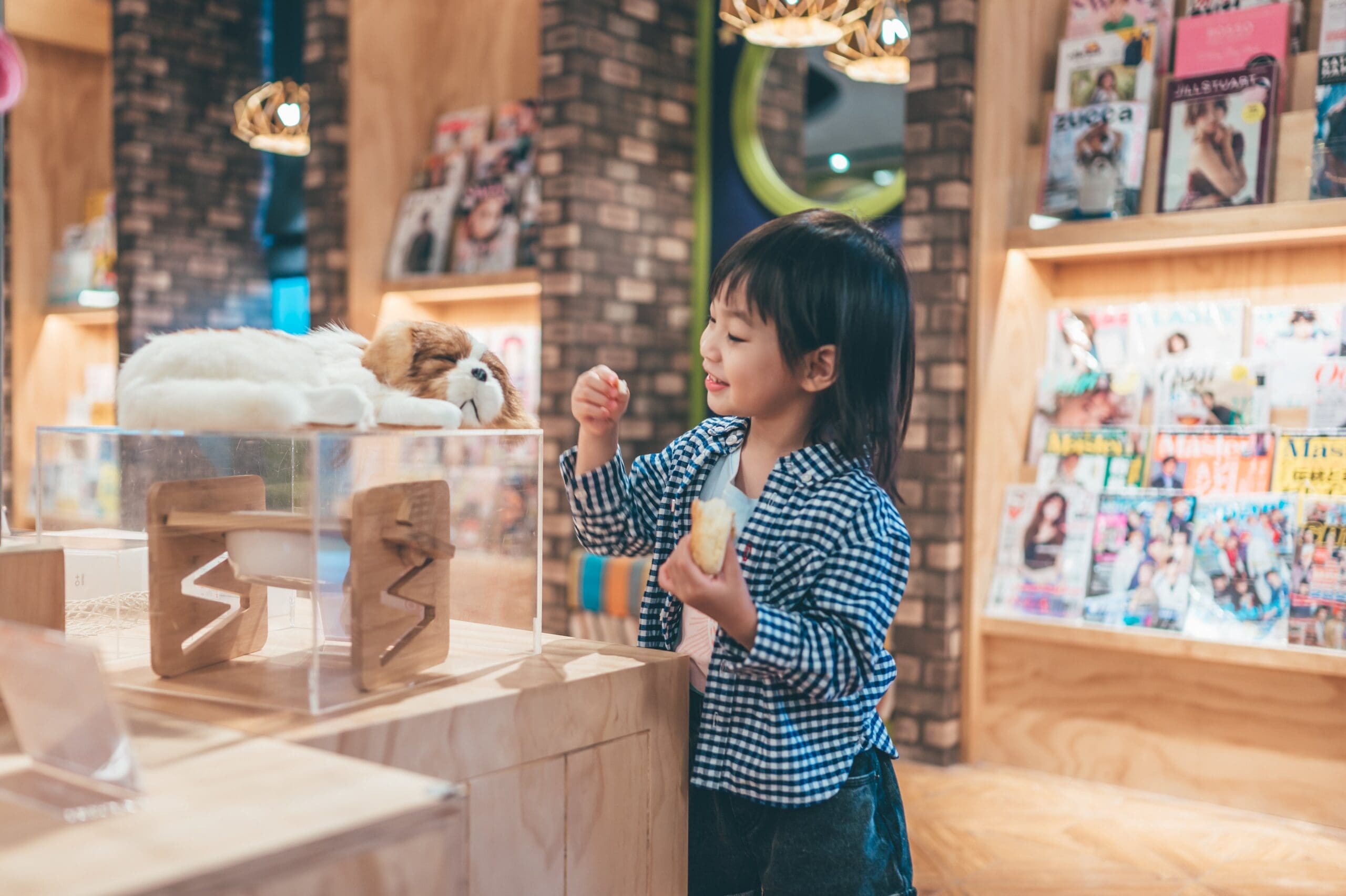Sensory Branding: Engaging Customers Through Sight, Sound, Smell, and Touch
Posted On: April 10, 2024 By: SEOAdmin

We are overloaded with different messages everyday. Whether that is walking down the street or simply scrolling social media. With this noise drowning out a lot of traditional marketing measures, you have to look to other methods to stand out from the crowd. And this is where sensory branding comes in.
Sensory branding is a powerful tool to change the nature of the way a customer interacts with a brand and to deepen their connection. It’s about engaging all five senses to create a memorable and emotional bond, which can transform a standard shopping experience into something more profound and personal.
This article looks at how sensory branding works, with real life examples of it in action.
Sensory Branding: The Five Senses
Sight
Often, the first interaction a customer has with a brand is visual. Colours, shapes the way the visual elements fit together play a pivotal role in brand recognition.
Having a consistent visual theme across your shop, packaging, website, socials and marketing materials can make you more memorable to your customers and can improve the overall perception of your brand.
Sound
Music and sound are more than mere background noise; they can evoke emotions in your customers and can influence their behaviour. There is a reason major brands work so hard to choose the right soundtrack to their shops. The tempo, volume and genre of music played in a store can affect how long customers stay in store and, the longer they hang around, the more likely they are to buy. Create an environment that makes your target audience feel at home.
Brands often create audio logos – short, distinctive sounds – that become instantly recognisable. Think Intel’s advert jingle or the sound when you power up an Apple laptop. This familiarity is powerful.
Touch
The tactile experience can be incredibly influential, especially in retail. The quality of materials used in making your products, the packaging and even the textures found throughout the store can send customers messages about your brand’s values and quality.
By encouraging customers to touch and interact with products, you can increase the likelihood of a purchase. This is one great advantage that bricks and mortar shops have over online-only businesses. Particularly when it comes to clothing; knowing that you enjoy how a garment feels is so important when considering whether to buy it.
Smell
Scent has a direct pathway to memory and emotion, making it a potent aspect of sensory branding. Just consider how difficult it is to walk past a bakery or coffee shop when they are pumping out the smell of their fresh wares.
Having a signature scent does not just come from food and drink though. Some retailers concentrate on making sure the smell of their shops is on point and exuding the right message. It can increase brand recognition and give the perception of quality. Retailers use ambient scents to create a pleasant shopping environment and to trigger specific feelings, such as relaxation or alertness.
Taste
Taste may not be applicable to all retail sectors, but where it is relevant it can be an incredible tool for engagement. Offering a signature drink with a specific blend, or allowing customers a taste of your product can create a multi-sensory experience that they are likely to remember and share with others.
Practical Tips for Your Store Sensory Marketing
To get involved with sensory branding, start by considering your brand identity and how that extends to all of the senses.
It could mean playing music that reflects your brand’s style or choosing store fittings that fit your specific visual branding. Think about how you want your customers to feel when they enter the shop and how you can use their senses to keep them in store for longer.
Train your staff to understand and enhance the sensory experience. They might notice when something is overwhelming customers and they can be alert to change up the way that you work. By playing softer music, for example.
Offer taste tests and have products out for people to touch and interact with. Think beyond the visuals and really consider what sensory experience you want for your customers.
Sensory Branding in Different Industries
In the automotive industry, the new car smell is iconic, while tech companies often focus on the tactile response of their devices. Here are some examples of companies using sensory branding:
- Abercrombie & Fitch: The clothing brand creates a distinctive sensory environment within its shops with dim lighting and loud music, accompanied by the strong signature scent of their cologne, which is sprayed around the store.
- Singapore Airlines: The air carrier uses a multi-sensory branding approach, which includes a unique scent of rose, lavender and citrus that is worn by flight attendants and is also infused in hot towels provided on flights.
- Starbucks: The coffee chain creates a full sensory experience by ensuring the aroma of freshly ground coffee beans fills the store. They also maintain a consistent ambiance with music carefully chosen to be relaxing and unintrusive.
Conclusion
Sensory branding isn’t just about leaving an impression; it’s about creating an experience that can turn a casual shopper into a lifelong customer. It’s the subtle art of using sight, sound, smell, taste and touch to convey your brand’s values and create a memorable, multisensory shopping experience.
Your retail displays can contribute to the sight and feel of your shop and we can help you find the right items to suit your brand perfectly. Talk to us today for help.
Latest Posts
- Managing the Mayhem: Retail Logistics That…
- Black Friday Ready: Visual Merchandising Tips…
- Behind the Scenes: How Efficient Display…
- The Power of Presentation: Gift Packaging…
- Creating Festive Window Displays That Stop…
- How to Prepare Your Store for…
- Stock Up Now: Display Stands and…
- Why Early Mannequin Planning is Key…
- Behind the Scenes of Peak Season:…
- How to Get Your Store Ready…



